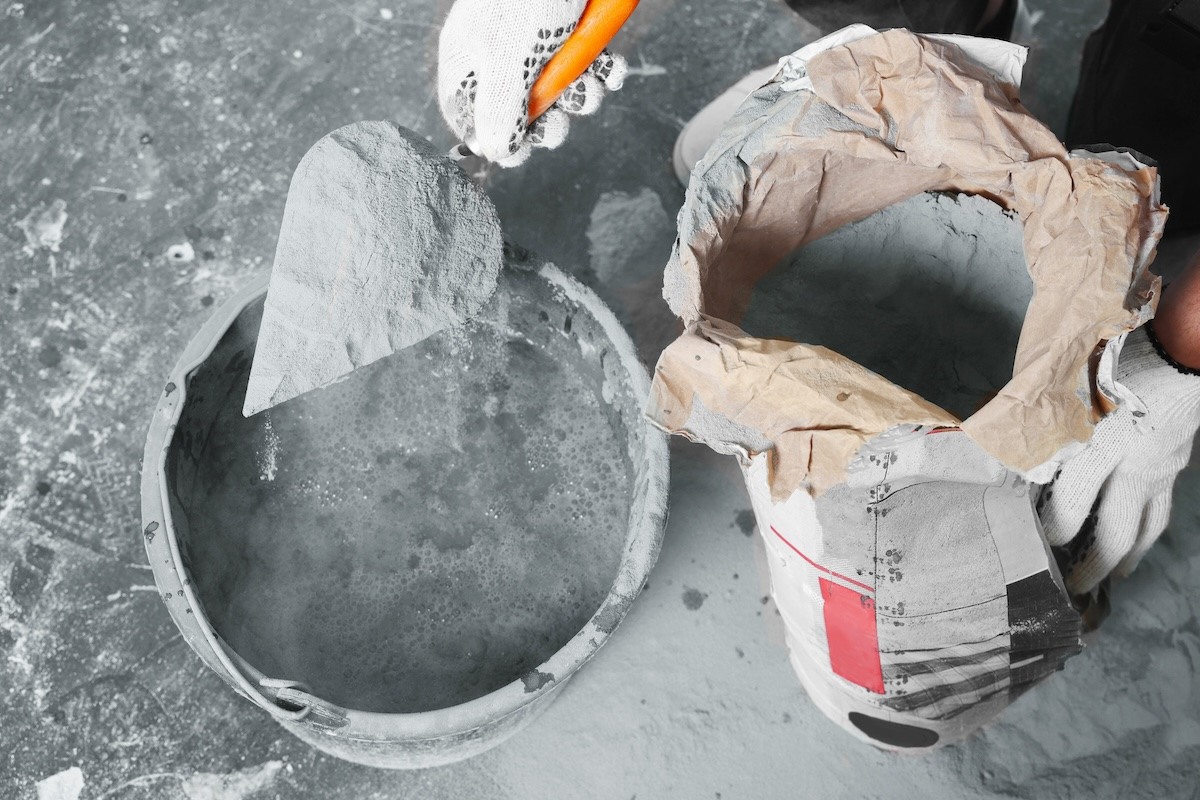Masonry cement is crucial for creating strong, durable, and aesthetically pleasing structures. Whether you’re working on residential or commercial construction projects, choosing the right cement and mixing it properly is essential for quality results.
Today, we’ll explore the uses of bagged white and gray masonry cement on the job site. We’ll also provide some best practices for masonry cement mix using products from SESCO Cement to ensure the project goes smoothly.
How to Use Gray and White Masonry Cement
Masonry cement is specifically formulated for constructing walls, floors, and other architectural structural elements using bricks, blocks, or stone. The mixture creates mortar types that bind these materials together, forming a durable, long-lasting bond. Two of the most popular types of masonry cement are gray and white. Consider the advantages of each option:
- Gray Masonry Cement: The go-to for most general-purpose masonry projects, gray masonry cement is widely used in structural work like bricklaying, stone masonry, and concrete block construction. Its color makes it ideal for projects where the natural cement color will be hidden or covered by paint or finishing materials.
- White Masonry Cement: White masonry cement is typically chosen for projects requiring a lighter, brighter finish. This is especially important in architectural and decorative applications where aesthetic appeal is paramount. For example, most architectural projects require the use of Type S Masonry Cement.
Both types of masonry cement come in convenient bagged options from SESCO, making them ideal to transport to the job site for mixing.
Best Practices for the Masonry Cement Mix Process
Mixing masonry cement may seem straightforward, but there are a few key things to keep in mind to ensure that your cement mix is strong, smooth, and consistent. Here are some helpful tips for preparing your masonry cement mix using our building materials.
1. Keep It Clean
Before mixing, check that your tools and mixing equipment (such as the mixer or mixing bucket) are clean and free from debris or old mortar. Contaminants can weaken the mix and cause inconsistencies, which could lead to structural issues.
2. Follow the Recommended Ratios
When preparing your masonry cement mix, always follow the recommended water-to-cement ratio. This information is listed on the packaging as a handy reference. The right ratio ensures that your mix will be strong enough to hold the materials together without being too dry or too watery.
A common ratio for masonry cement is 1 part cement to 3 parts sand. This is then mixed with the appropriate amount of water to create a mix that is consistent, workable, and doesn’t slump or run off. Add the water gradually, stirring until the desired consistency is achieved.
3. Mix It Up
For some jobs, you can mix masonry cement by hand in a wheelbarrow or mixing pan. For larger projects, a mechanical mixer may be more efficient. Whichever method you choose, make sure the cement is mixed thoroughly. A uniform mix will prevent weak spots in the mortar that otherwise would compromise the strength of the final structure.
At this step, start by adding your cement and sand. Then, you can slowly add water while stirring. Continue mixing until the material has a smooth, consistent texture with no dry clumps or overly wet patches.
4. Quality In, Quality Out
The quality of your masonry cement mix depends on the quality of the water and sand used. Always use clean, fresh water and high-quality masonry sand. Avoid using salty or brackish water, as it can weaken the mix over time.
5. Work in Small Batches
We know that it’s tempting to mix large batches of cement to save time, but working with smaller amounts will help ensure the quality and consistency of your mix.
If left sitting for too long, cement can begin to set, which will lead to weaker bonds and a less durable finish. Smaller batches reduce waste and maintain control over the consistency of your final mixture.
6. Adjust for Weather Conditions
Remember that weather can impact your final mixture:
- In hot or dry conditions, your mix will dry out faster, so you may need to add a little extra water to keep it workable.
- In cooler or more humid conditions, the mix may take longer to set.
We recommend monitoring the conditions as you work and adjusting the water content accordingly.
SESCO Cement: Your Source for High-Quality Masonry Cement
When you choose SESCO Cement for your cement needs, you get more than top-quality products. You also gain access to reliable service and expert guidance.
We make it our mission to provide you with easy-to-use products backed by consistent quality that you can trust for every project. By following these tips and using the best masonry cement mix from SESCO, you’ll be on your way to a successful project every time.
Want to learn more about how to order bags of our masonry cement in gray and white? Do you also need Portland cement for your job? Get in touch with our customer service team today to discuss your next order!
